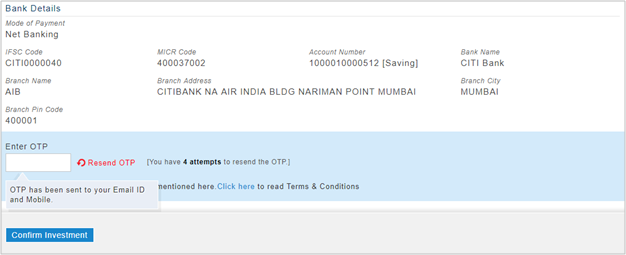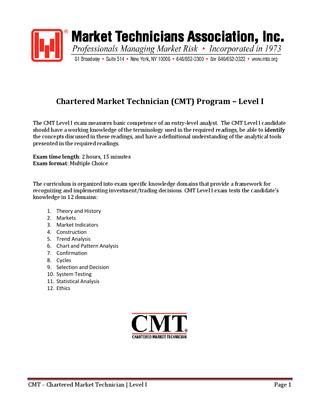Contents
This may sound like a dumb idea, frankly, however plenty of banks these days are providing $200 to $300 signup bonuses to customers who open up a new checking https://1investing.in/ account. The catch, though, is that you usually have to essentially open these accounts. Commodity money gave way to the next stage-representative money.

Commodity cash is the best and, more than likely, the oldest sort of cash. Every loan agreement specifies an interest rate which the borrower must pay to the lender along with repayment of the principal. 🔹 Terms of credit is a set of conditions under which a loan is given.
India Dictionary
🔹 Informal Sector may consist of money lenders, friends, traders, landowners etc. 🔹 The borrowers who have not repaid previous loans, the banks might not be willing to lend them further. If the borrower fails to repay the loan, the lender has the right to sell the collateral to obtain payment. She got caught in the debt trap, she had to sell the land. 🔹 But unfortunately the crop was hit by the pests and there was crop failure.
So, she is unable to repay the loan and debt grows larger with Interest. 🔹 In India, the Reserve Bank of India issues currency notes on behalf of the Central Government. 🔹 When goods are directly exchanged for goods and there is no use of money. 🔹 When in the exchange, both parties agree to sell and buy each other commodities. In the barter system double coincidence of wants is an essential feature.
- Liquid means that you can convert something into cash rapidly.
- Money must retain its worth over time in order to function as a medium of trade; it must be a store of value.
- But for the banks, there would be no demand and no payments by cheques against, these deposits.
Before the introduction of coins, a variety of objects was used as money. For example, since the very early ages, Indians used grains and cattle as money. Due to these specific problems, self-help groups are created by the people of rural India. Small groups of poor people which encourage small savings among the members are termed as SHG.
gold coins
The Reserve Bank of India supervises the functioning of formal sources of credits. In India, the Reserve Bank of India issues currency notes on behalf of the central government. The Reserve Bank of India supervises the functioning of formal sources of loans. Banks make use of the deposits to meet the loan requirements of the people.
The RBI ensures that banks lend to profit-making businesses as well as smaller-scale borrowers for a variety of economic activities. Credit operations through informal sources are not regulated by any organisation. In this case, a transaction has occurred without the use of currency, with the same result. In the first scenario, a person borrows money for production purposes with the promise of repaying the loan at the end of the year when the work is accomplished. And by the end of the year, he or she has made a big profit from manufacturing operations and is able to repay the loan. As a result, the person is in a better position than previously.
Download more important topics, notes, lectures and mock test series for Class 10 Exam by signing up for free. Interest rate, collateral and documentation requirement, and the mode of repayment together comprise what is called the terms of credit. Money And CreditA person holding money can easily exchange it for any commodity or service that he or she might want. Thus everyone prefers to receive payments in money and then exchange the money for things that they want. Both parties have to agree to sell and buy each other’s commodities.
As you possibly can see, M1 consists of round $1 trillion in currency, about $4 billion in traveler’s checks and one other $1.26 trillion in demand deposits at banks. When you add financial savings accounts, small time deposits and small money market funds, you get a complete of about $10 trillion, which economists check with as M2. Normally, however, banks concern a bigger quantity of money substitutes than the amount of bodily currency entrusted to them by depositors. Indians utilised wheat and livestock as currency in the past. Following that came the use of metallic coinage, such as gold, silver, and copper coins, which lasted well into the twentieth century. Currency – paper notes and coins – are now modern forms of money.

Self Help Groups are the building blocks of the organisation for the poor, living in rural areas. The group conducts regular meetings providing a platform to discuss and bring changes in various issues such as domestic violence, health, finances, etc. Loans from banks and cooperatives are called formal sector loans. Over time individuals grew to trust the paper certificates as a lot because the gold. Representative cash led to using fiat money-the kind utilized in modern economies at present. Fiduciary cash relies upon for its value on the boldness that it is going to be typically accepted as a medium of trade.
This is retained as a reserve to pay depositors who may come to the bank on any given day to withdraw money. Though broadly accepted right now, using fiduciary media has been controversial. Near monies can’t be spent as readily as currency or checking account money, however they can be became spendable balances with little or no effort or value. Near monies include what’s in savings accounts and money-market mutual funds. Fiat cash, however, will get its value from a authorities order. Meanwhile, fiduciary money depends for its worth on the arrogance that it will be generally accepted as a medium of exchange.
Learning Videos on Topics related to Money and Credit
Before the introduction of coins, a few precious metals were used as money. As time progressed, with increases in trade a more convenient medium of exchange was needed to be introduced. The other form in which people hold money is as deposits with banks. The Reserve Bank of India oversees modern forms of money include formal bank loans and sets interest rates for these loans based on the economy’s overall performance and people’s purchasing power. For informal sources, they charge substantially higher interest rates. Money’s primary role is to facilitate transactions as a medium of exchange.

Hence, the worth of fiat cash is derived from the relationship between supply and demand. Terms of credit comprise interest rate, collateral and documentation requirement, and the mode of repayment. 🔹 Credit also called loan is an agreement in which the lender supplies to borrower money, goods or services, with the promise of future payment. When banks give loans, they charge higher rate of interest from the people who have taken loans. In earlier times, people used coins made of precious metals such as gold, silver and copper for the exchange of goods and services to satisfy their needs. Individual in India can legally refuse a payment made in rupees.
More General Knowledge Questions
In order to appreciate the conveniences that cash brings to an financial system, take into consideration life with out it. Imagine I am a musician-a bassoonist in an orchestra-who has a automobile that needs to be repaired. It provides timely loans at reasonable rate of interest. 🔹 It’s basic idea is to provide financial resources for the poor through organizing the rural poor especially women into small help groups.
Class 10 Economics Chapter 3 Money and Credit Notes
Every loan agreement stipulates an interest rate that must be paid to the lender in addition to the principal repayment. The majority of deposits are used to extend loans by banks. Loans for numerous economic activities are in high demand. On loans, banks charge a greater interest rate than they do on deposits. The Reserve Bank of India, on behalf of the Indian government, issues currency notes.
It represents the portion of a currency that is made of debt generated by business banks. More particularly, business bank cash is created by way of what we call fractional reserve banking. Money serves as a medium of change, as a store of worth, and as a unit of account. An attribute of cash is that it is used as a unit of account. The implication is that cash is used to measure and document financial transactions as additionally the value of goods or services produced in a rustic over time. The cash value of goods and companies produced in an economy in an accounting yr is known as gross nationwide product.
